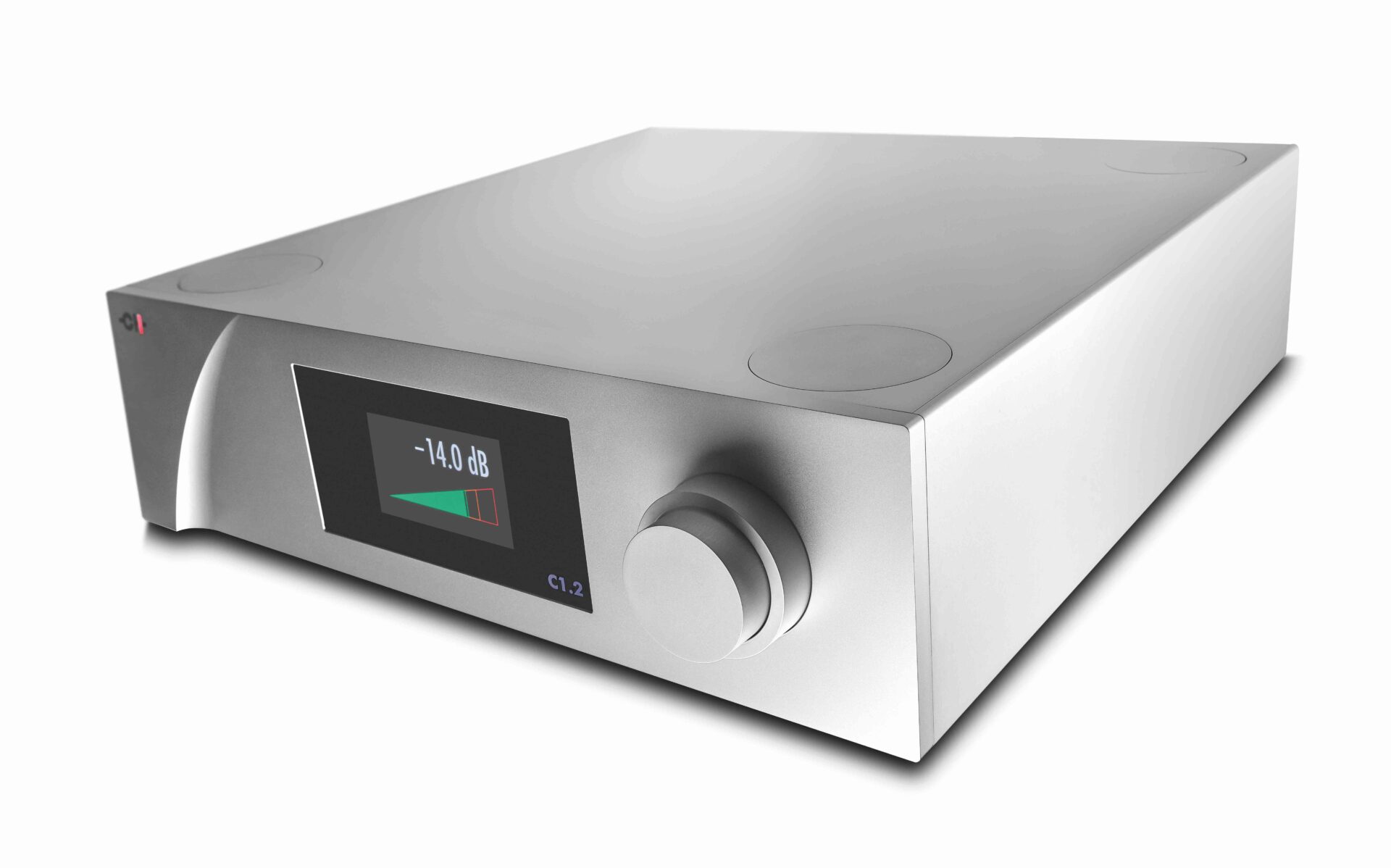
What should you expect from the C1.2 in musical terms? What are the qualities that set it apart and elevate it above the crowd? A good place to start is dance music. Listen through the CH Precision DAC and whether you are talking Gregorio Panagua’s La Folia (Harmonia Mundi HMC 901050), Boskovsky playing Strauss Waltzes or near-solid slabs of DeadMau5, you’ll hear just how rhythmically definite and emphatic the performance is. Not metronomically rigid, but explicit in the pace and the changes of pace within the music. It’s indicative of not just the note-to-note articulation of which the C1.2 is capable, but the temporal foundation on which it all rests. Combine that with the dimensionality, focussed energy and harmonic density it brings to musical reproduction, along with its ability to track a recording’s dynamic range and intensity and the result is an unusually direct connection between original performance and listener.
Getting up close and personal…
Is there’s a singer whose voice you are really familiar with; more familiar than just listening to recordings; ideally somebody that you have spoken with and know? Listen to that voice and you’ll quickly appreciate just how naturally it is reproduced. Not just the tonality of the sung words, but the characteristic diction, accent and rhythms that make that individual so familiar and recognisable. That level of sonic integration and subtlety extends across the C1.2’s entire range of reproduction. In turn, that makes instruments, what is being played on them and how it is being played, far easier to appreciate – and far easier for your brain to interpolate. For me, one such example would be the Eleanor McEvoy album Yola (Mosco MSMSACD113). Playing the haunting ‘Last Seen October 9th…’ on the C1.2, the quality of the recording, the sparse instrumentation and the intimacy of the vocal makes the identity of the singer unmistakable – as well as the song itself all the more emotionally powerful. The result is a performance that communicates with a directness and purpose that transcends both the medium and the system reproducing it. It’s the Uchida experience all over again. Okay, so this might be a particular, even some might say an extreme example. But that clarity of musical communication informs everything you play through this DAC, making it as easy to listen too as it is engaging and entertaining.
So far, every example that I’ve cited has involved using the D1.5 as a source and playing its data stream through the CH-Link HD proprietary I2S connection. What happens when you use the C1.2’s other digital inputs? I ran both S/PDIF and AES/EBU into the C1.2 from the Wadax Atlantis Transport and the CEC TL-2N. The fundamental qualities of the DAC are still clearly apparent, but there’s no escaping the diminution of that planted, easy sense of rhythmic and musical authority that comes from the CH pairing, with its configurable clocking and high-res link. This isn’t a question of detail or resolution, the Wadax in particular delivering plenty of information. It is entirely to do with how communicative and engaging the resulting music is. Piano notes aren’t quite as precise in terms of weight and spacing, Ella doesn’t swing quite so easily. Combining products from a single company doesn’t always deliver a performance dividend, but in this case, not only do the D1.5 and C1.2 amount to a sum that’s greater than the parts, using them together offers up the opportunity to expand and further integrate the digital front-end, with the company’s X1 external power supply and T1 10MHz Time Reference clock, as outlined above.

